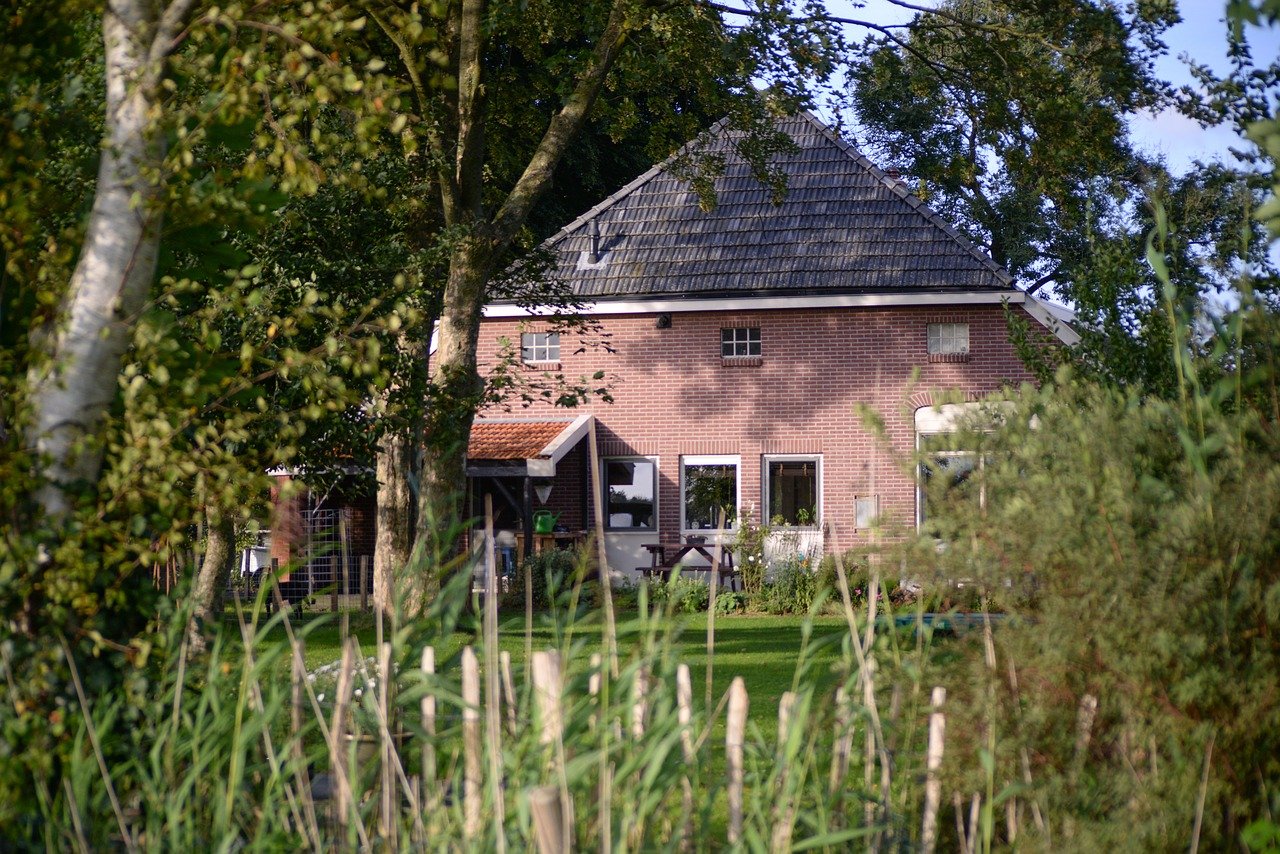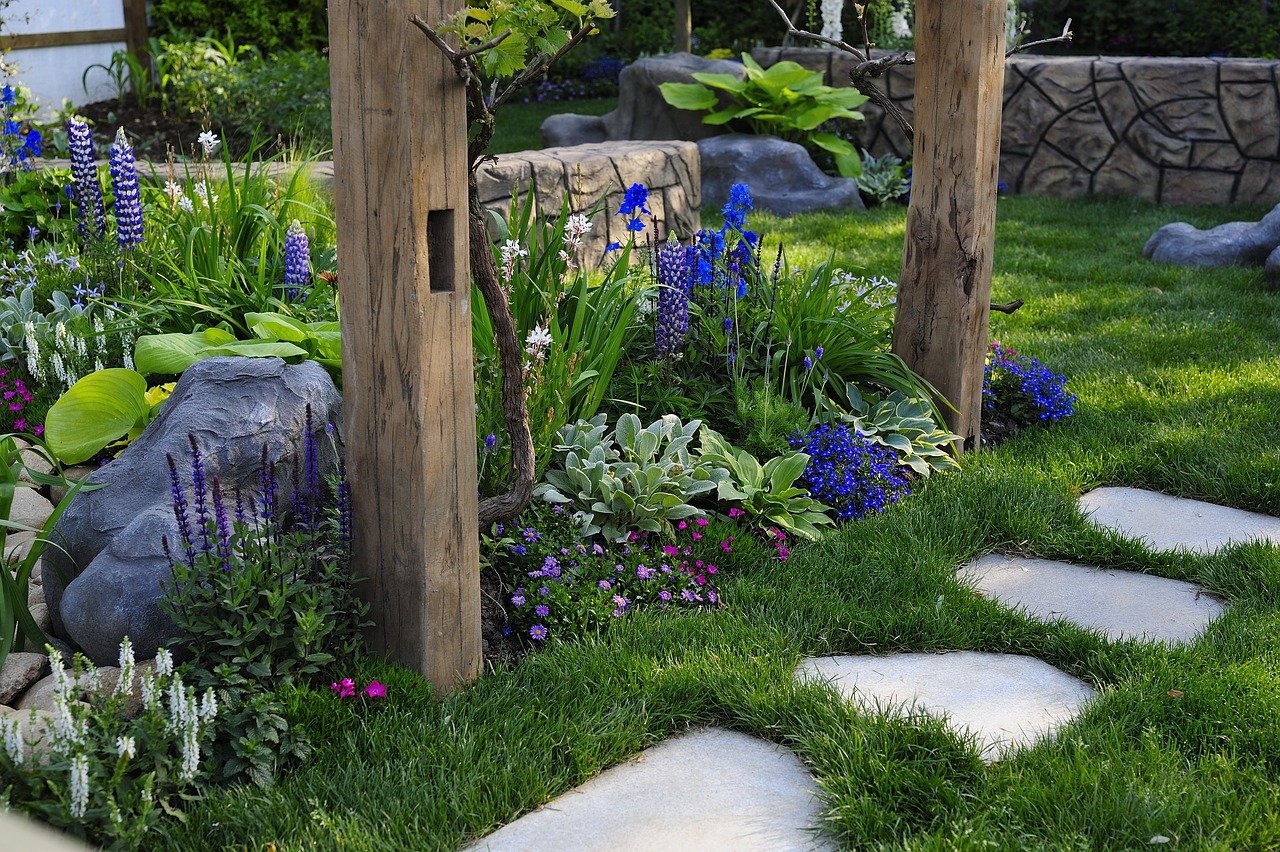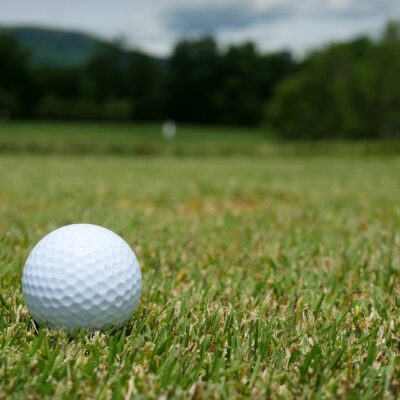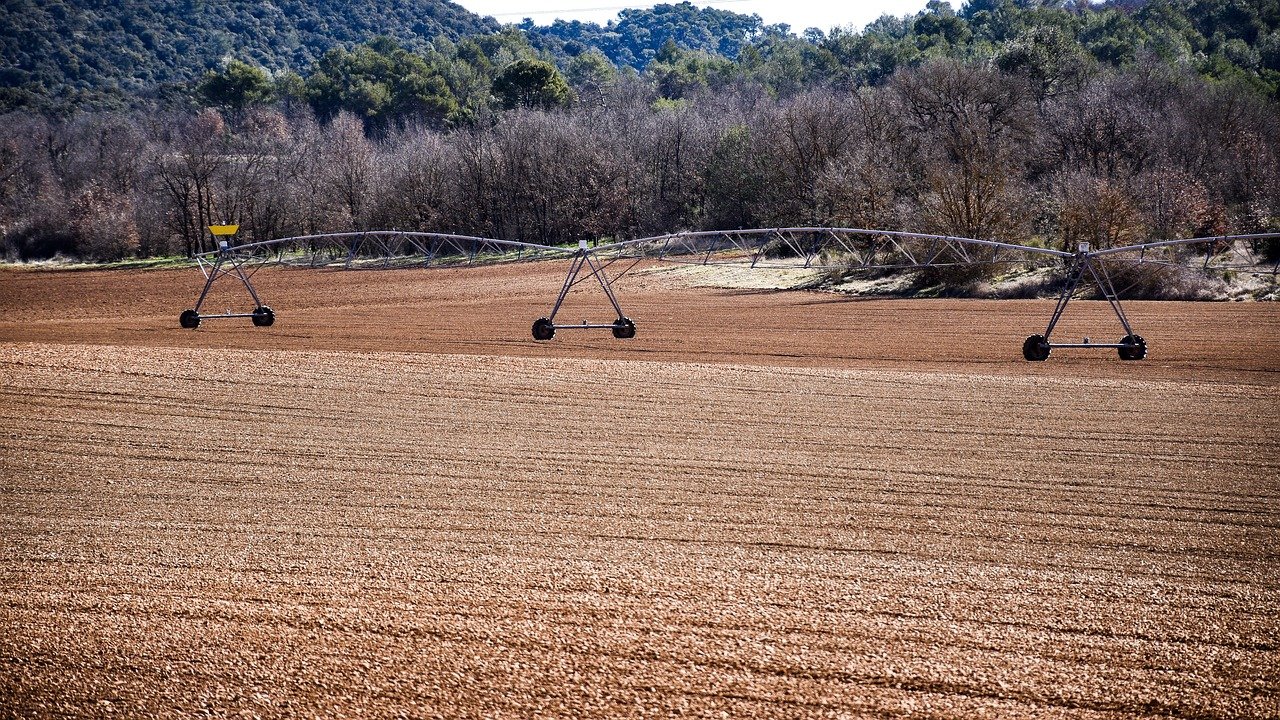Not only does the cost of domestic water keep on rising, but it is also a precious resource that, as a planet, we need to conserve. With both things in mind, here are a few tips on how to save and manage your garden watering needs more cheaply and sustainably.
Watering at the optimum time
One of the biggest causes of uneconomical watering is evaporation. To minimise the amount of water that dissipates into the atmosphere, it is best to water plants early morning or late evening. It means that the water won't evaporate during the heat of the day before it has had time to reach the roots of the plants.
The same applies to your lawn, which under normal circumstances only requires watering once a week.
Did you know by the way that during peak demand, 70% of a household's water supply on average, is used to water gardens? At this level, it forces water suppliers to tap into groundwater and stream water. It not only tends to increase the price, but it can also cause environmental damage. It means that by learning to manage your gardening water supply properly, you can help yourself financially, and the rest of the UK environmentally.
Plan your garden around flowers that require less water
To remain healthy and thrive, some types of plants require less water than others. Plants that are more conservative in their water needs include things like Lavender, Mimosa, Palms, and Verbena. To get information about other less thirsty plants you can build your garden around, take a quick look at the Royal Horticultural Society's pocket guide to drought-resistant plants.
Save and Use Rainwater
Saving and using rainwater is one of the best ways of conserving water in your garden. We get enough of it in the UK, and it is a shame to let the majority go to waste. Installing a water-but is essential if you are serious about water conservation. But don't install just onet. You can buy slimline versions, and you can install one under very downpipe on your property.
Yes, they can smell bad after a while, but there is an easy fix to avoid that. You can buy a water-but treatment solution from Amazon. It is cheap and efficient and won't harm your plants. Also, it is recommended that you empty your buts once a year, wash them out and disinfect. A weak solution of something like Jeyes fluid will do the trick.
Make Use of Water Retaining Crystals
Although they are not for general use in the garden, water-retaining crystals are very effective when used in hanging baskets and containers - places where coarse-textured, free-draining potting compounds are used. They help to lessen the number of times you have to water plants grown in these media during long, dry spells.
Hanging baskets especially can be somewhat difficult to water being as they are usually high up, which also exposes them to wind. Given that they contain less growing medium than other containers, they can dry out quite quickly. Adding water retaining crystals and using a fine-textured potting compost will help to keep the growing media in your baskets more moist.
What happens is that these crystals swell considerably in size when they get wet. If you have lots of these types of containers, watering can be a very time-consuming chore. Adding these crystals to the compost when you pot the plants, will help to lessen the number of times you need to water them.
However, it must be more borne in mind that you still need to make regular checks on these plants, particularly during long dry spells.
Using Mulch
Distributing mulch around your plants can also help to prevent water evaporation from the surface of the soil. It also has the advantage that it will help to keep slugs at bay as well as contributing towards the prevention of weed growth. Don't forget that weeds also compete with your plants in extracting water and nutrients from the soil, so keeping them at check is important.
Other advantages of mulching are that it helps to prevent the roots of plants during the winter months, and it is also aesthetically pleasing to look at
You can also add mulch to containers and hanging baskets in addition to using water retaining crystals.
Mulches come in the form of loose coverings, or in sheet form, and can be biodegradable or non-biodegradable.
Biodegradable materials
Biodegradable mulches will break down slowly and in the process will release nutrients into the soil, which helps to improve its structure. Once it has fully rotted down, it should be replaced, the best biodegradable materials include well-rotted manure, seaweed, and used hops. Take care if going down the hop route, however, as these can be poisonous to dogs.
Non-biodegradable materials
Non-biodegradable materials such as gravel, pebbles, shingle, slate, and stone chippings do nothing to boost the structure of the soil, but they do of course suppress weeds and conserve moisture. They too are also aesthetically pleasing.
You can use sheet mulch material or woven landscape fabric material on larger areas and borders. You do, of course, need to slit the material to be able to plant through it. They are not particularly aesthetically pleasing, but the look can be enhanced by covering with bark, gravel or other such materials.
Avoid Using Sprinklers
Last by not least, you should avoid using sprinkler systems to water your garden. They are very inefficient and can use as much as 1000 litres of water per hour, the majority of which does not benefit the plants themselves. Instead, you should use drip irrigation or seep hoses that can be hidden just below the surface of the soil. They deliver water droplets directly to the roots of the plants.



